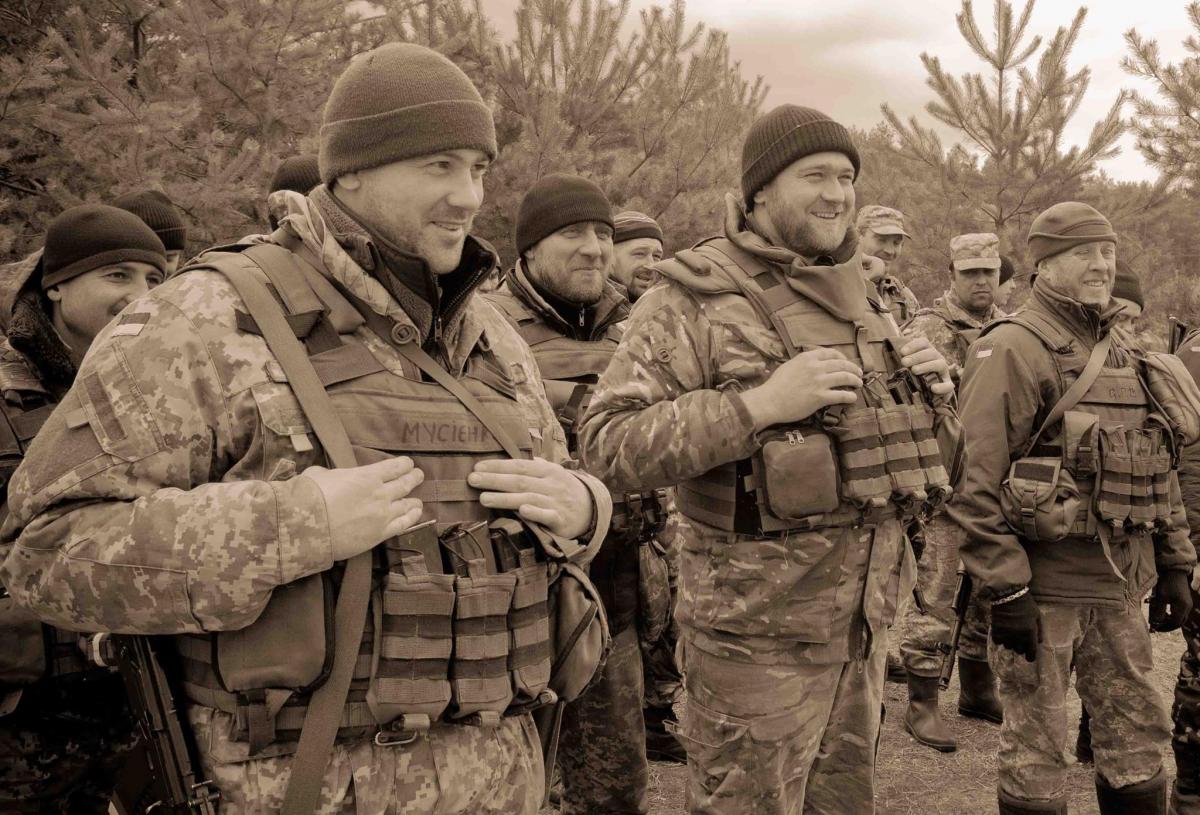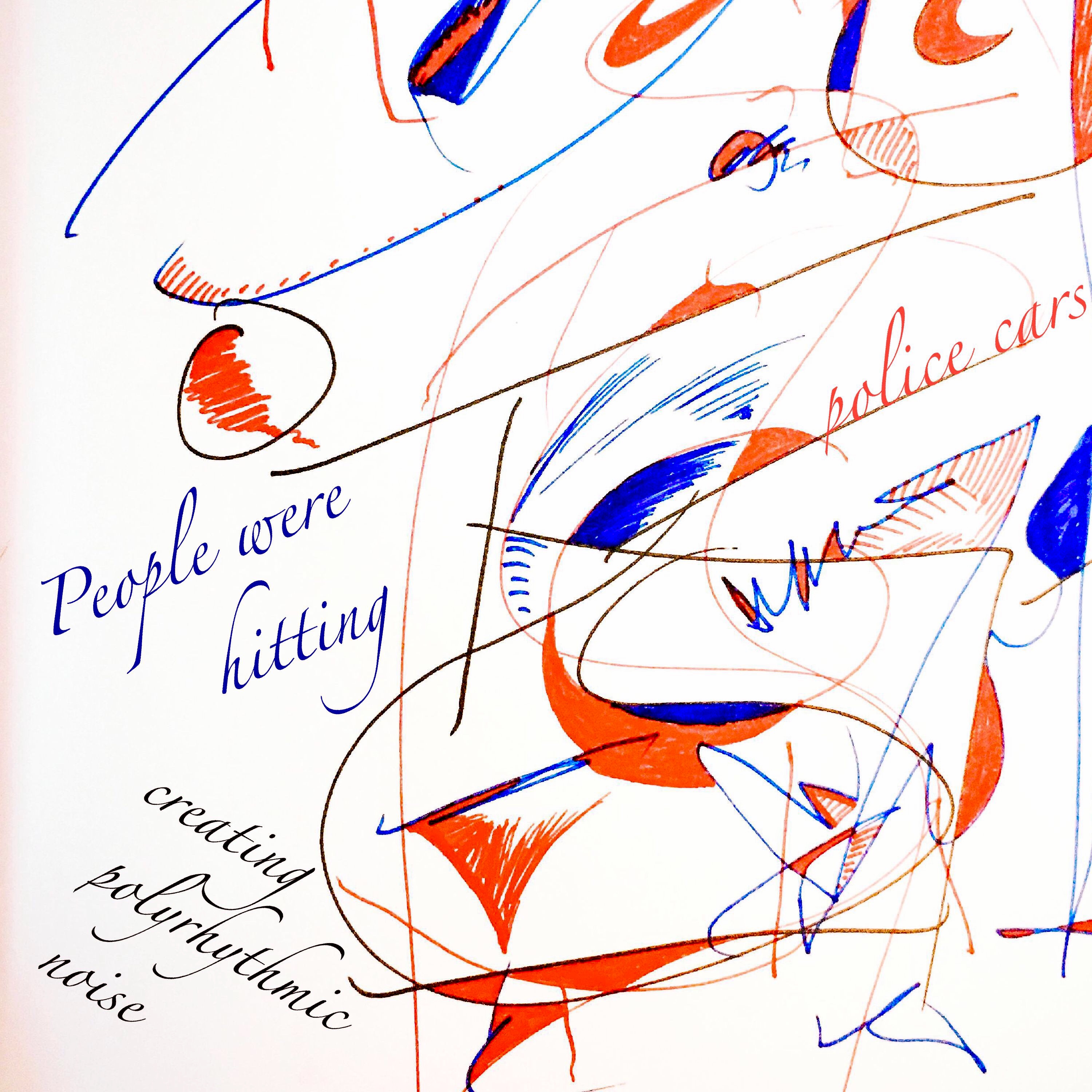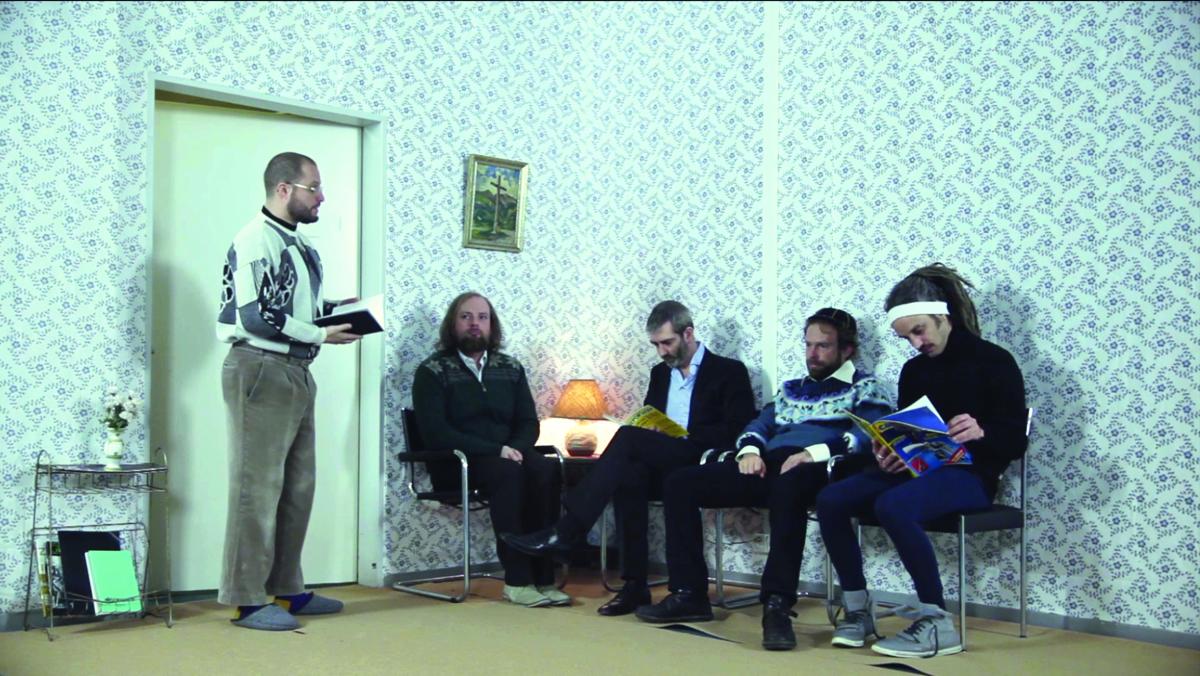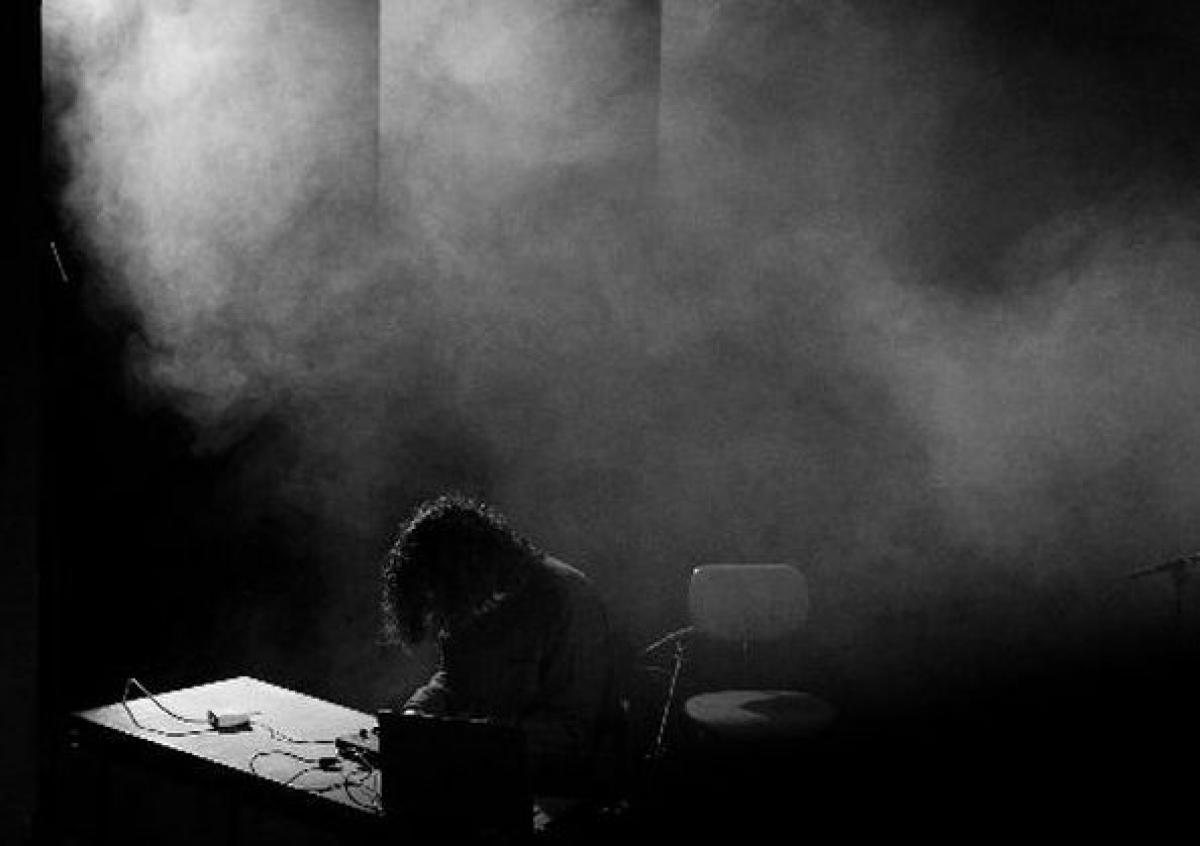
Polyrhythmic Ukrainian Noise
Dmytro Fedorenko and Kateryna Zavoloka are two Ukrainian composers from Kiev who moved to Vienna two years ago. Zavoloka's EP Volya is inspired by the Ukrainian revolution. An interview on music, war, and protest. From the Norient book Seismographic Sounds (see and order here).
[C-drík Fermont]: How did the underground music scene react to war and unrest in Ukraine in 2014?
[Kateryna Zavoloka]: Well, Ukrainian artists reacted in different ways. Some organized charity concerts or sold vinyl to support wounded volunteer fighters, soldiers or refugees from war zones. Some unfortunately stayed neutral. They kept applying for grants at foundations from oligarchs, which kept supporting war and the separatists against Ukraine. Overall, war affected music and art very much: many releases and exhibitions were dedicated to war, the Russian occupation and annexation of Crimea.
[Dmytro Fedorenko]: It’s true. Some said: «I am an artist and I want to think about art only. Higher spirits should not interact with dirty politics.» To us it was quite unexpected that many vanguard artists stepped into this no-position. At the same time those who we feel make shit music – cheesy pop for example – became extremely active protesters. The political positions changed quickly, depending on most recent events. Many friends became non-friends.
[CF]: Is it important for you that artists express themselves in a situation of war?
[DK]: For many people it was very important to know the artists’ positions. Many were extremely disappointed to see writers they liked distancing themselves from the revolution. We believe that expressing a political position is a part of our responsibility, together with making high quality artworks.
[KZ]: Artists should have their own opinion, their point of view. I mean, I am very tired of speaking about war already, because it became an everyday experience quickly, but still, we have to explain the situation. If you grow up in peace it is very hard to imagine or to believe that something like war can happen in your life.
[CF]: In 2014 Zavoloka published an EP inspired by the Ukrainian winter revolution; the music oscillates between electronica and industrial rhythms made of samples of beaten metal. What was the creative process behind Volya (freedom in English)?
[KZ]: Volya was inspired by the Maidan winter revolution in Kiev in 2013 and 2014. During the street riots I asked myself, «What can I do here as an artist?» So I started to audio and video document. I recorded metal rhythms when activists were banging on burned police vehicles. When the police were beating activists, people were banging faster. Sometimes it was complete silence and one man just screaming «Glory to Ukraine!» and then thousands of people answered «Glory to the heroes!» or started to sing the Ukrainian anthem – all of that was an absolutely beautiful symphony full of energy. On Volya I used all these sounds.
[DK]: On January 19th, 2015 in Grushevs’kogo street in Kiev massive clashes happened. Many police vehicles were burned down. People started to hit those police cars with sticks and create massive polyrhythmic noise. Old women, young students, literally hundreds of protesters started to hit cars. But even those days when nothing was happening – no fights, no fire – at least one constant sound was present there. There was always at least one person monitoring and making a constant slow rhythm. During three weeks that sound never stopped. If there was no sound for a few minutes or when the stream was interrupted for a moment we felt nervous, like something bad was going on there.
Music Video «Славлення / Slavlennya»
The video was recorded in January 2014 during active combat clashes with special police units on Hrushevs’kogo street in Kiev. Audio and video documented by Kotra and Zavoloka.
The interview was conducted via email in May 2015. This text was published first in the second Norient book Seismographic Sounds.
Biography
Shop

Published on June 23, 2017
Last updated on May 06, 2022
Topics
Why New Yorks’ underground doesn’t give a fuck about Trump or why satirical rap in Pakistan can be life threatening.
About Tunisian rappers risking their life to criticize politics and musicians affirming 21st century misery in order to push it into its dissolution.
Sampling is political: about the use of chicken clucks or bomb sounds in current music.
How do acoustic environments affect human life? In which way can a city entail sounds of repression?
How does Syrian death metal sound in the midst of the civil war? Where is the border between political aesthetization and inappropriate exploitation of death?
Special
Snap


